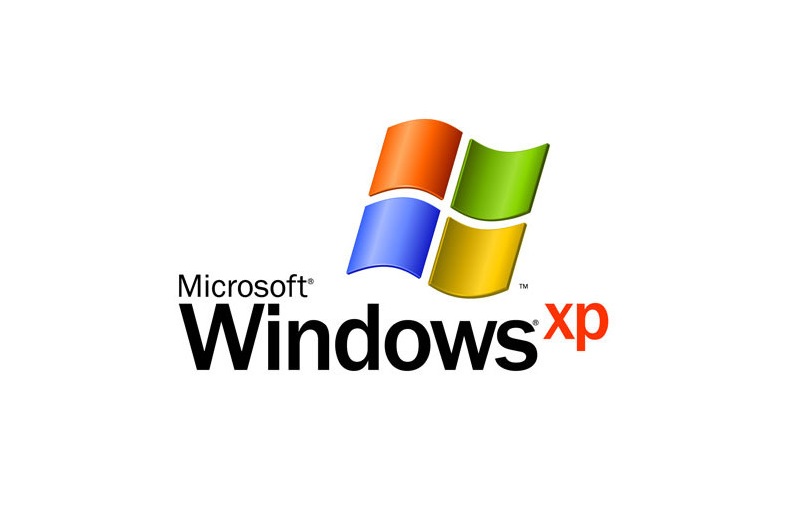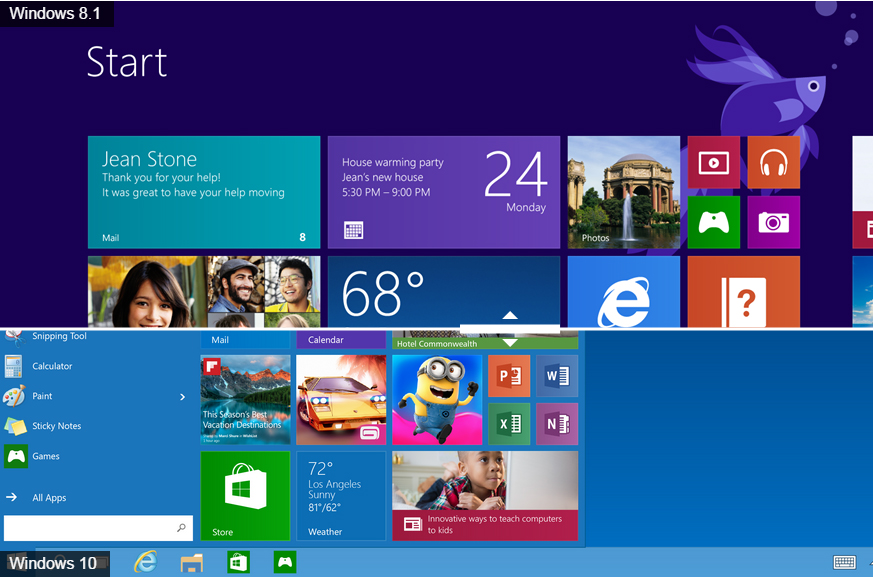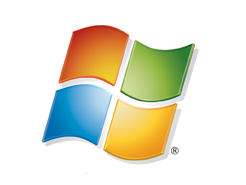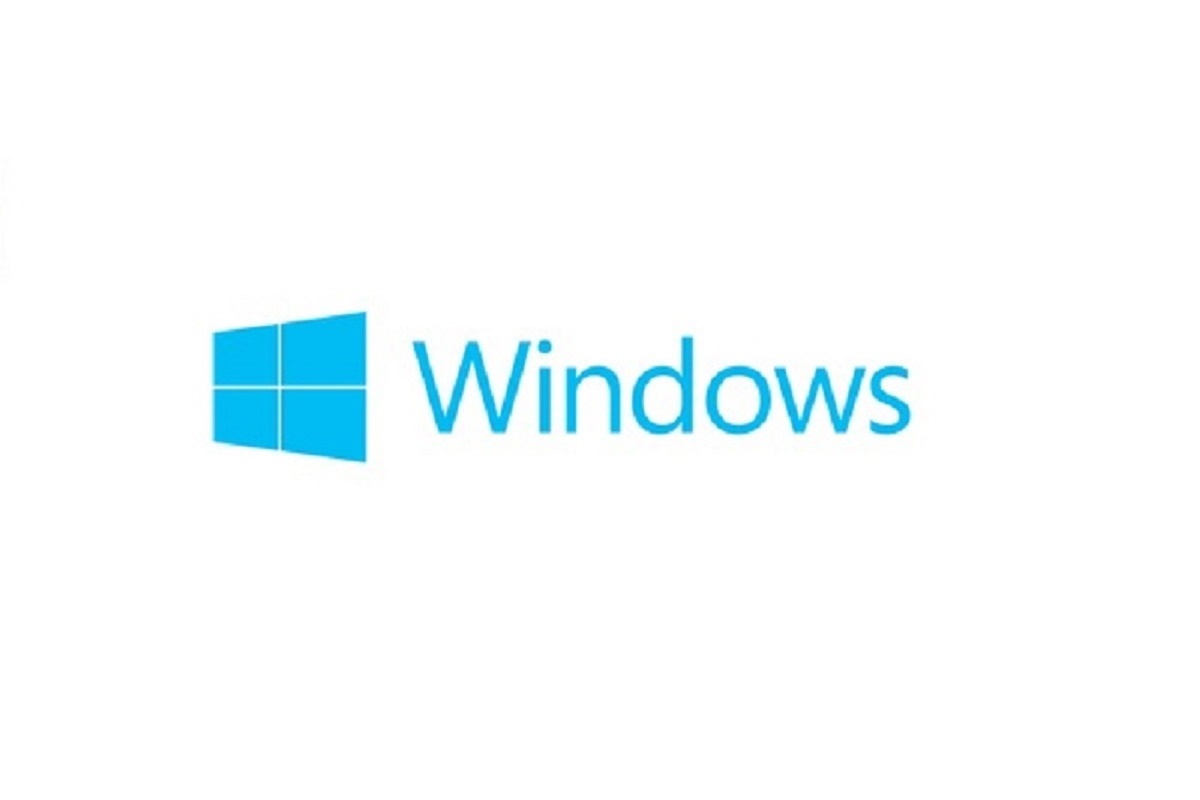Windows XP has lower infection rate than Vista and 7
Windows 8 least likely to be infected


Microsoft's bi-annual Security Intelligence Report (SIR) has revealed the Windows 7 and Windows Vista operating systems are more at risk of being infected by malware that Windows XP.
Windows XP computers were prone to infections at a rate of 2.42 per cent, while Windows Vista and Windows 7 had an infection rate of 3.24 per cent and 2.59 per cent, figures from the last quarter of 2013 showed.
Windows 8 and Windows 8.1 computers are least likely to be infected by malware, with a 1.3 per cent and 0.08 per cent infection rate respectively.
The reason why Windows 7 and Vista are more likely to be affected by malicious software is because of the Rotbrow' malware targeting browsers.
The Rotbrow program pretends to be a browser add-on, supposedly used to protect your computer against malware. However, it then starts downloading malicious browser extensions that can attack your computer and give access to personal details.
The vulnerability was discovered by Microsoft, which then alerted security companies who blocked the extensions.
The Rotbrow malware isn't problem on newer versions of Windows because security improvements in Windows 8 and 8.1 such as ASLR (Address Space Layout Randomisation) and DEP (Data Execution Prevention) mean it's harder to exploit the vulnerability and therefore attackers are less likely to spend time finding the holes and embedding malware.
Sign up today and you will receive a free copy of our Future Focus 2025 report - the leading guidance on AI, cybersecurity and other IT challenges as per 700+ senior executives
However, Microsoft's Tim Rains, director of the company's Trustworthy Computing division explained that just because the platforms are harder to crack, it doesn't mean they are safe.
He said attackers are more likely to bundle malware with legitimate programs or music rather than installing it remotely onto computers using vulnerabilities in the operating system itself.

Clare is the founder of Blue Cactus Digital, a digital marketing company that helps ethical and sustainability-focused businesses grow their customer base.
Prior to becoming a marketer, Clare was a journalist, working at a range of mobile device-focused outlets including Know Your Mobile before moving into freelance life.
As a freelance writer, she drew on her expertise in mobility to write features and guides for ITPro, as well as regularly writing news stories on a wide range of topics.
-
 How SMBs can DIY their IT implementation and support
How SMBs can DIY their IT implementation and supportFeature For some small and medium-sized businesses, the third-party expertise and support might be out of reach. What’s the alternative?
-
 What the fragmentation of UC means for the channel
What the fragmentation of UC means for the channelIndustry Insights If communications are becoming fragmented, what does that mean for MSPs and VARs?
-
 Windows 10 vs Windows 8.1: Which was the best operating system?
Windows 10 vs Windows 8.1: Which was the best operating system?Vs We rate Windows 10 vs Windows 8.1 in a number of key categories for professional use
-
 Windows 10 vs Windows 8.1 vs Windows 7 - Microsoft OS head-to-head
Windows 10 vs Windows 8.1 vs Windows 7 - Microsoft OS head-to-headVs We pit Microsoft's most popular operating systems against each other to see which is the greatest of all time
-
 Dell Latitude 12 Rugged Tablet review
Dell Latitude 12 Rugged Tablet reviewReviews Dell's military-grade tablet wasn't rugged enough to survive IT Pro's Adam Shepherd
-
 Top 10 Windows 8.1 and Windows 10 apps for 2015
Top 10 Windows 8.1 and Windows 10 apps for 2015Best Our collection of the best and most popular Windows 8.1and Windows 10 apps to download in 2015
-
 Windows 8.1 vs. Windows 7 – Which is best for you?
Windows 8.1 vs. Windows 7 – Which is best for you?Vs As Windows 10 draws nearer and Microsoft distances itself from older OS, we look at the best option for your PC
-
 Windows 7 mainstream support ends tonight
Windows 7 mainstream support ends tonightNews When the clocks strike midnight, no more Windows 7 software improvements will come from Microsoft
-
 Windows 8.1 market share leaps ahead
Windows 8.1 market share leaps aheadNews Adoption of Windows 8 and 8.1 shot up in October, marking the OS’ biggest leap in market share to date
-
 Windows 10: 10 Features we want to see
Windows 10: 10 Features we want to seeNews With the Windows 10 release date looming, here are the top features we want to see